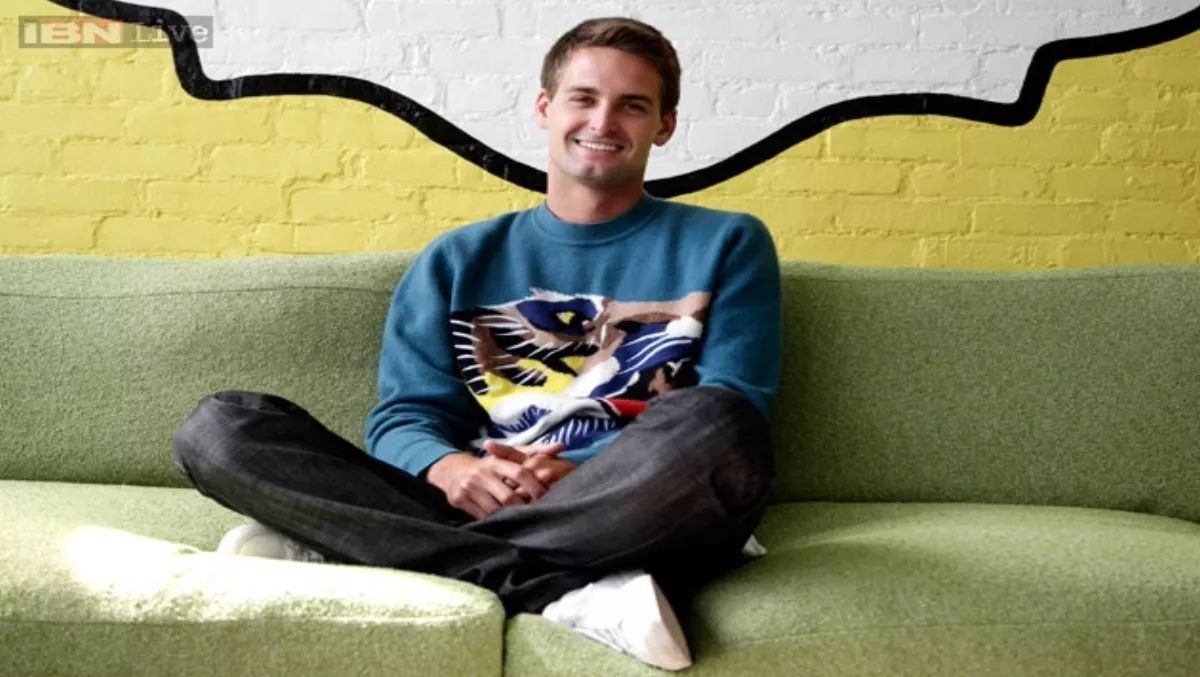
Why leaked sleazy Snapchat emails should matter...
By now, most of us who hover around the world of social media have had the chance to read and digest the emails that were sent by Evan Spiegel, Snapchat founder, to his fraternity brothers when he was a Freshman and Sophomore at Stanford.
I raise them not because I want to launch a gender war discussion, or examine the culture of Silicon Valley startups, or address any one of the other threads that have fallen out of this event.
Others have taken up those agendas; let's put them aside for now.
I raise them because I want these emails to matter. I can't say whether they'll have any impact on downstream investments in Snapchat, but I'd like them to have impact on those of us who put messaging (personal or professional) out into the market.
Perhaps I would not have felt as strongly about them if they weren't so close in the rearview mirror. Or perhaps I wouldn't have felt as strongly about them if they hadn't been written by someone who believes so firmly in the wonder of disposable communications, that a company was inspired by the concept.
But Snapchat is the marquis logo of the erasable web, and the emails that could have benefited from Snapchat features are younger than my kindergartener. And so, they got me thinking.
I want all of us, vicariously through these emails, to remember the degree to which our communications are artifacts.

Snapchat is anti-artifact, which is tough to swallow, because whether messages can be technologically traced, tracked, or stored, they have an impact on the receiver, for which we as the sender hold responsibility.
We as marketers know this. Otherwise, why would the Cheerios brand team expand the range of families they portray in their campaigns? Most of us recognize that we are not marketing for a single disposable moment.
We want to create a moment's action, but a lifetime's memories, even if all we're selling is cereal…or shampoo…or a pair of jeans.
But sometimes, when our tweets trail off the news feed, or our Facebook posts stop generating attention, we forget how that which we have created and invited others to directly (or indirectly) experience lives on, not only digitally, but in the hearts, minds and consciousness of the recipient.
Where now? It's hard to think of the action item that comes out of this blog. How do you sum it up? "Write responsible communications?" "Develop thoughtful digital tools?"
I figure I'll close with an anecdote, which when it occurred in the same timeframe as the Spiegel email leak, made me cringe a little about the influence of digital communications on our lives.
A good friend of mine has a 16 year old daughter. Social media and mobile screen time are grounds for daily battles.
His comment to me: "these days, I feel like the only thing she wants to talk about – or that prompts her to even want to engage with me – is to show me the latest vine video she's found."
As her life becomes increasingly wound around the latest text she's received, the metrics her most recent tweet has generated, or the capture of a new celeb follower, she becomes increasingly disconnected from the connections that will sustain her beyond her phone's battery life.
Introducing and then leaving my friend's situation – like attempting a light touch on the aforementioned emails – is virtually impossible. I realize I raise sociological and relational concepts that this blog is wholly unprepared to tackle.
But both situations made me think about the individuals on the other end of the content that is being produced and consumed. We all have a little bit of responsibility for that which we feed to the beast.
And while Jimmy Kimmel can call certain individual content producers to the carpet with his "Celebrities Read Mean Tweets" segment (there are 7 segments, and they're awesome), far more is created and shared that should probably be gut checked than currently is.
So don't let this topic drop without 5 minutes of extra noodling.
Process the tentacles of this issue for a minute longer, and the recognition that what you've created and shared, regardless of application used, lives on.
Then think about your own digital artifacts. What are you creating that has reach beyond that which you can measure or monitor?

